Urban wildness
Vienna, Austria
2016
marginalized nature • urban peripheries • play-based learning • learning for sustainability • artistic research
My graduation project in social design at the University of Applied Arts Vienna explored the relationship between nature and the built environment from the perspective of children. Supported by Cosima Terasse and Jan-Phillip Ley and supervised by Herwig Turk and Barbara Putz-Plecko.



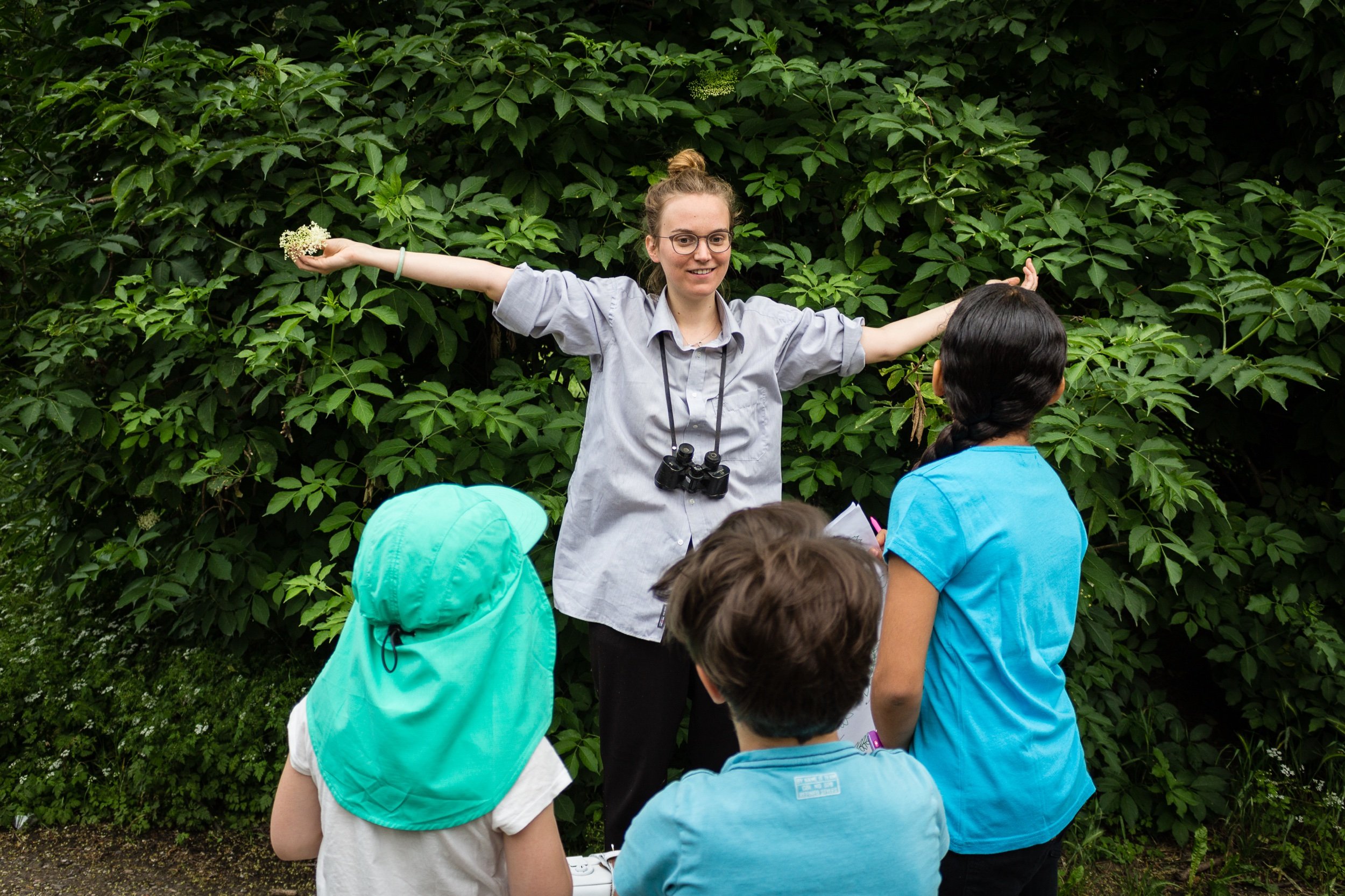

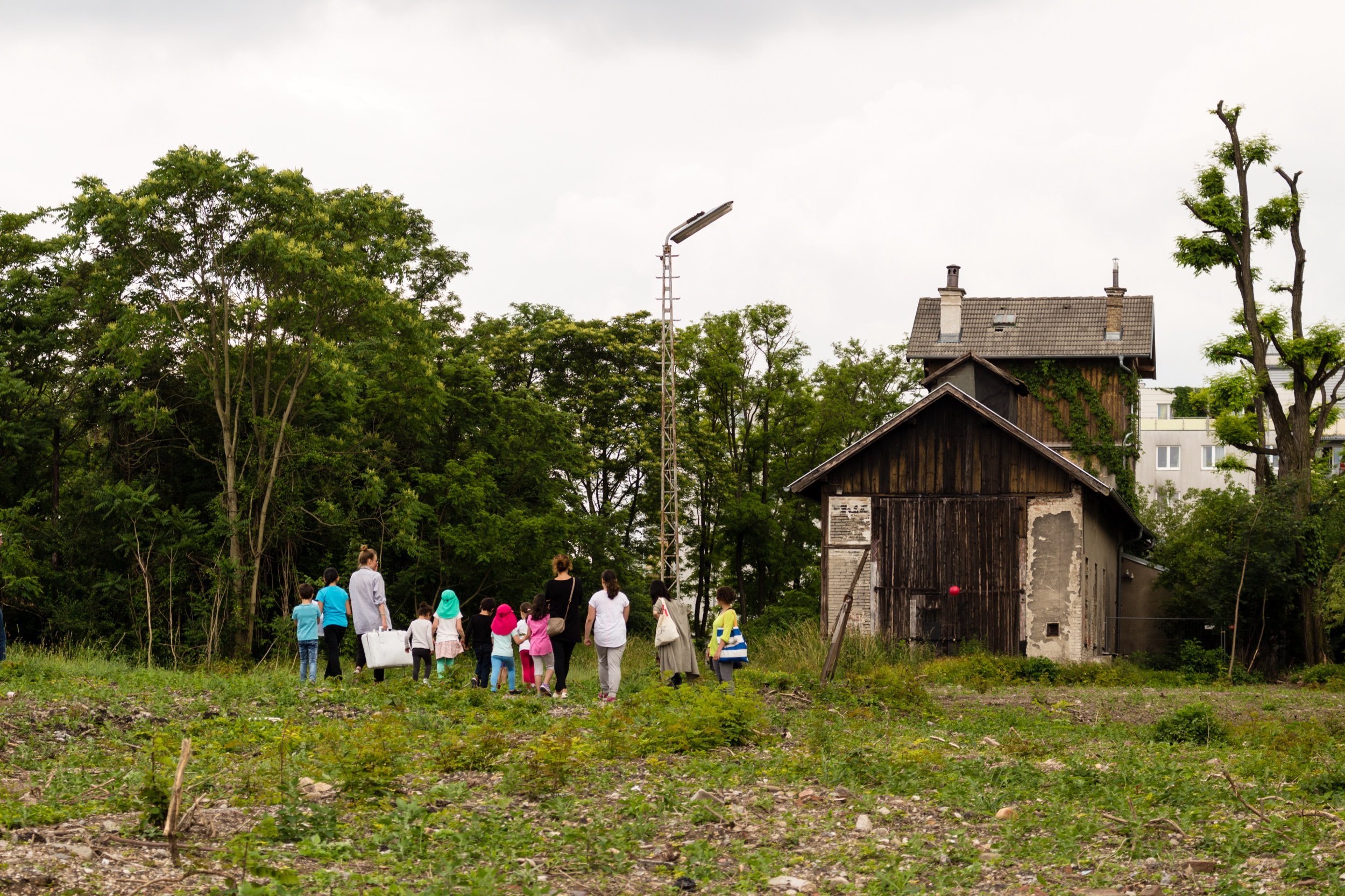
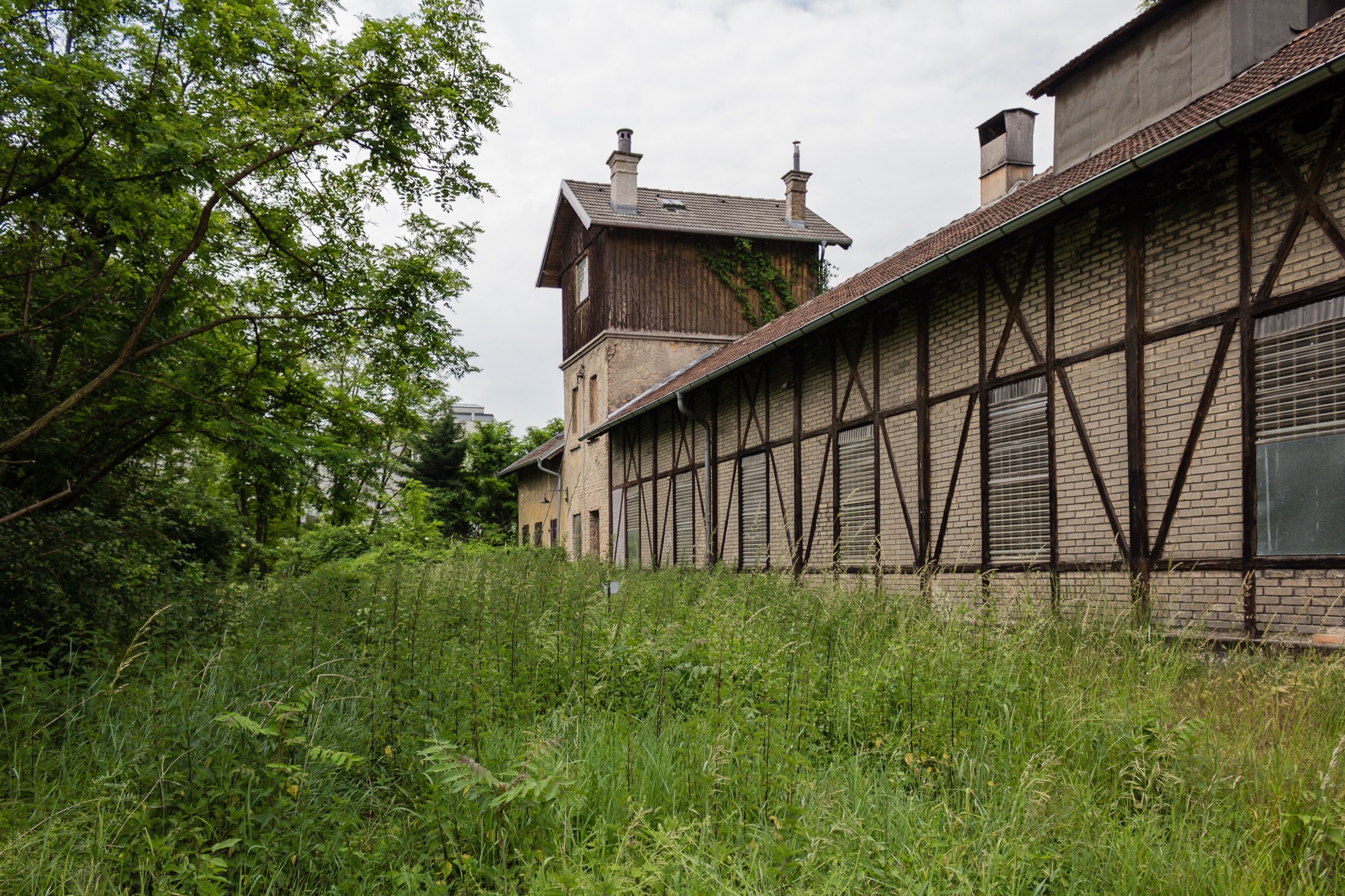
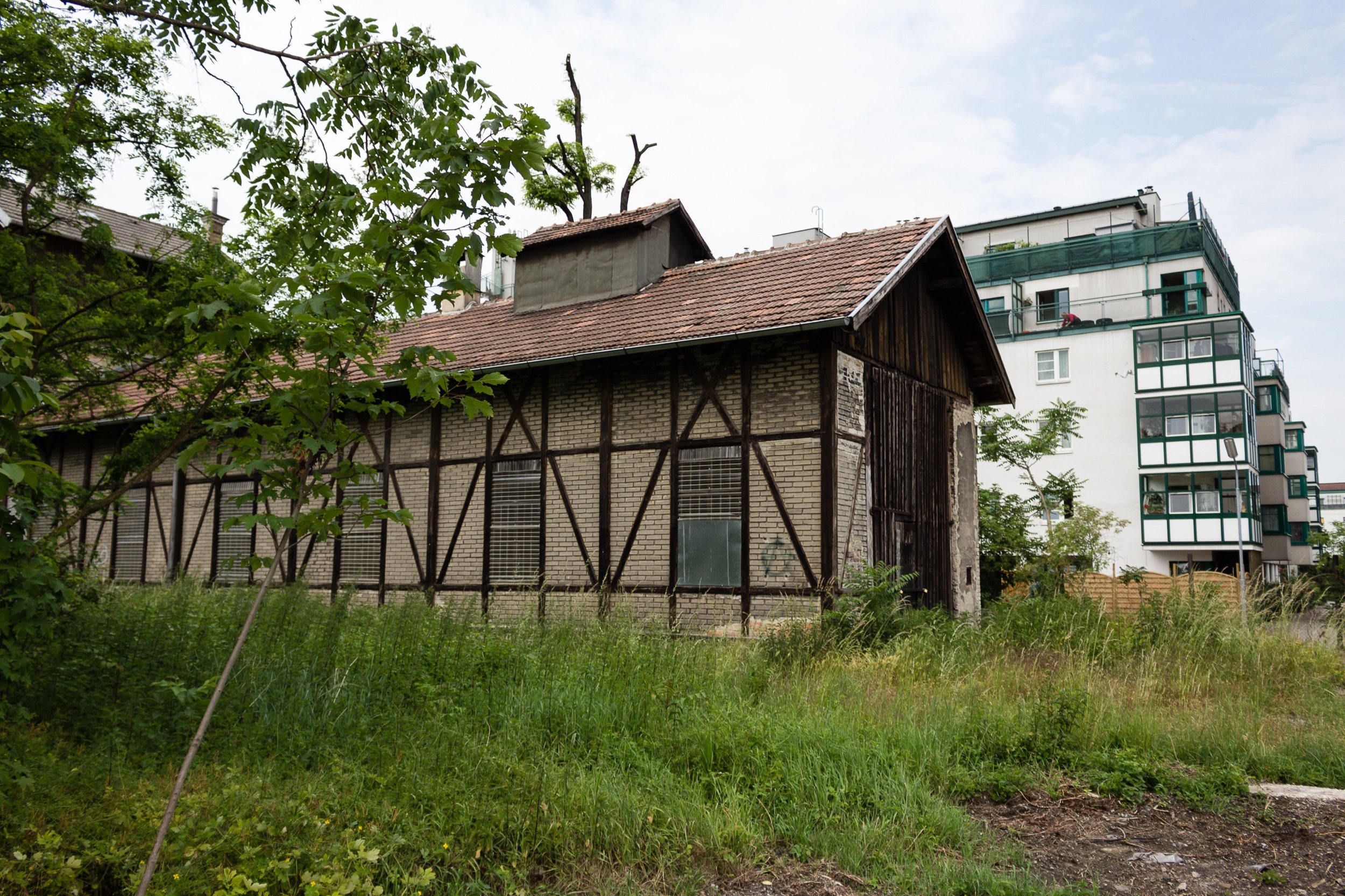

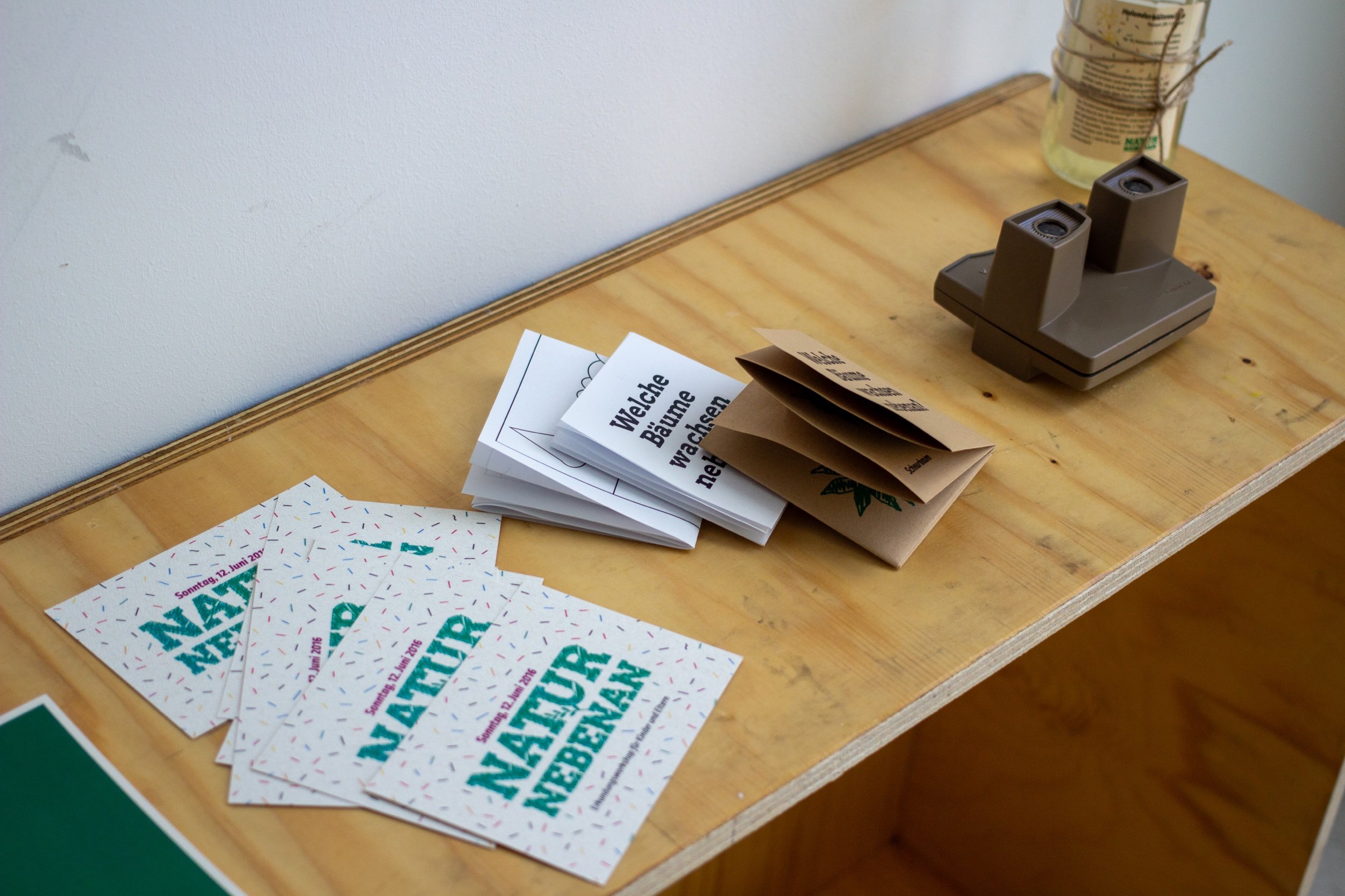
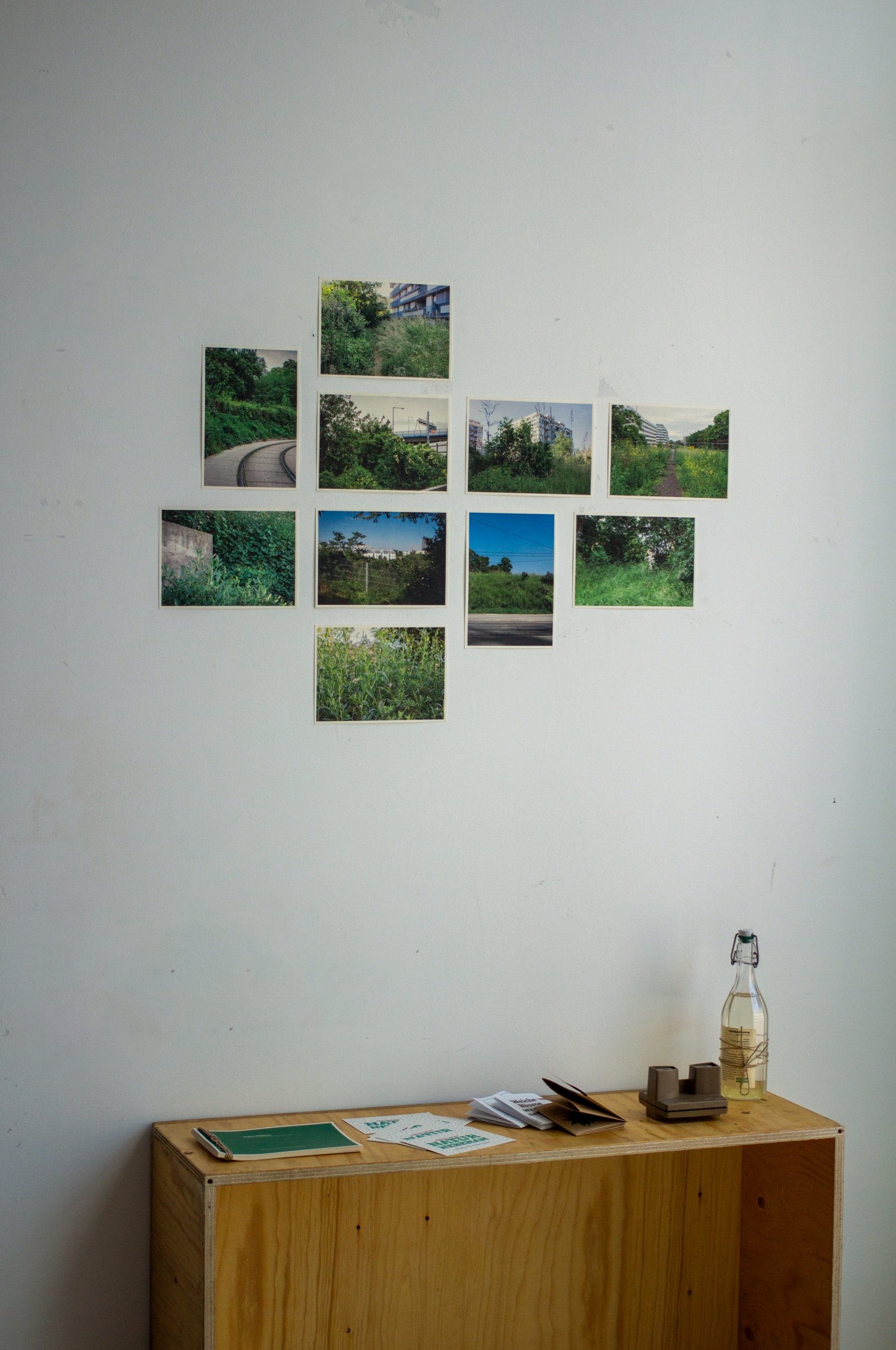
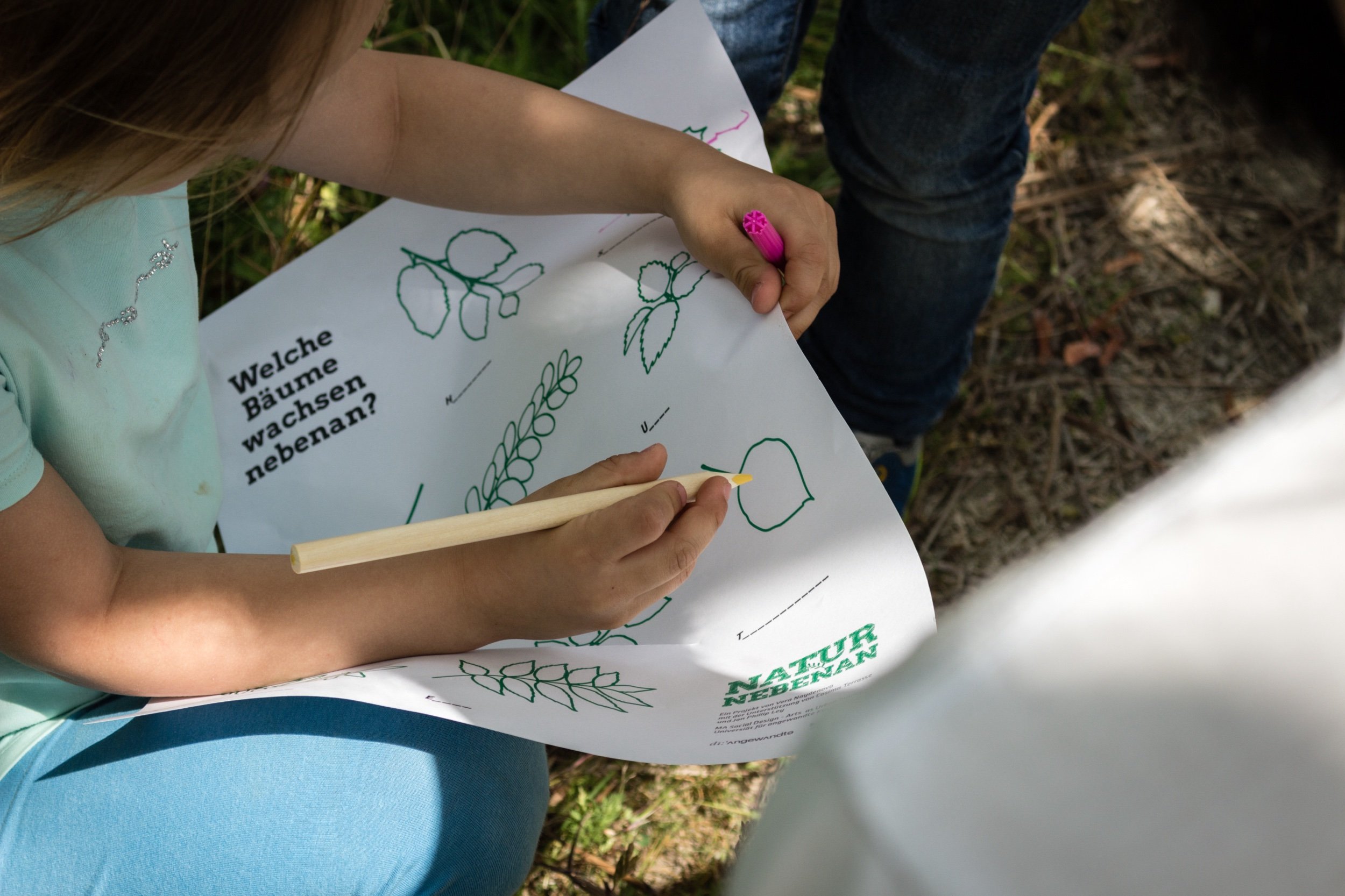
Drawing on my own childhood experiences and the transformation of my perceptions of my hometown over the years, in my final project I chose to address how “untamed” nature in the city is experienced by children. Children today often grow up disconnected from nature due to their increasingly structured, restrictive and media-saturated daily routines. A lack of meaningful encounters with local biodiversity at an early age limits the inner necessity to experience the outdoors and negatively shapes environmental attitudes later in life. Yet wild nature close to home is an accessible resource to replenish deficits in knowledge and experience. Marginal nature sites can be seen as experimental playgrounds that challenge our perceptions of the environment and encourage healthier interactions with those around us.
Population growth, migration and urbanization draw increasing attention to the urban-rural-natural interdependencies. This project sought to reframe spatial dynamics commonly perceived as negative (sprawl, suburbanization, shrinkage) as potentially advantageous to biodiversity, sustainability and livability thus encouraging an integrated understanding of the voids, overlaps and variations in the urban, natural and social fabric of the city. On community level, focus was placed on children’s perceptions and the use of creative tools to engage them with wild nature in cities. Nowadays, children often grow up disconnected from nature due to their increasingly structured, restrictive and media-saturated daily routines.
A lack of meaningful encounters with local biodiversity at an early age restricts the inner necessity to experience the outdoors and negatively shapes environmental attitudes later in life.
Yet wild nature nearby home is an accessible resource to replenish deficits in knowledge and experience. A workshop for 4 to 10 year-olds took place in Floridsdorf, Vienna in June 2016. In play, storytelling and drawing, a thirst for wonder and a sense discovery were rekindled in place of irrational fears and rigid beliefs. Through the uninhibited eyes of children, parental preconceptions about the permissible modes of play and interaction with nature in urban settings were also addressed. Urban wildness was conceptualized as an experimental space to trigger a different environmental consciousness and more mindful and healthier interactions since ultimately, the way we connect with our surroundings is the way we connect with each other.
Roles & responsibilities
Concept
Theoretical research
Urban research
Creative ideation
Workshop planning
Workshop organization
Project documentation
Photography
Graphic design
Content writing
